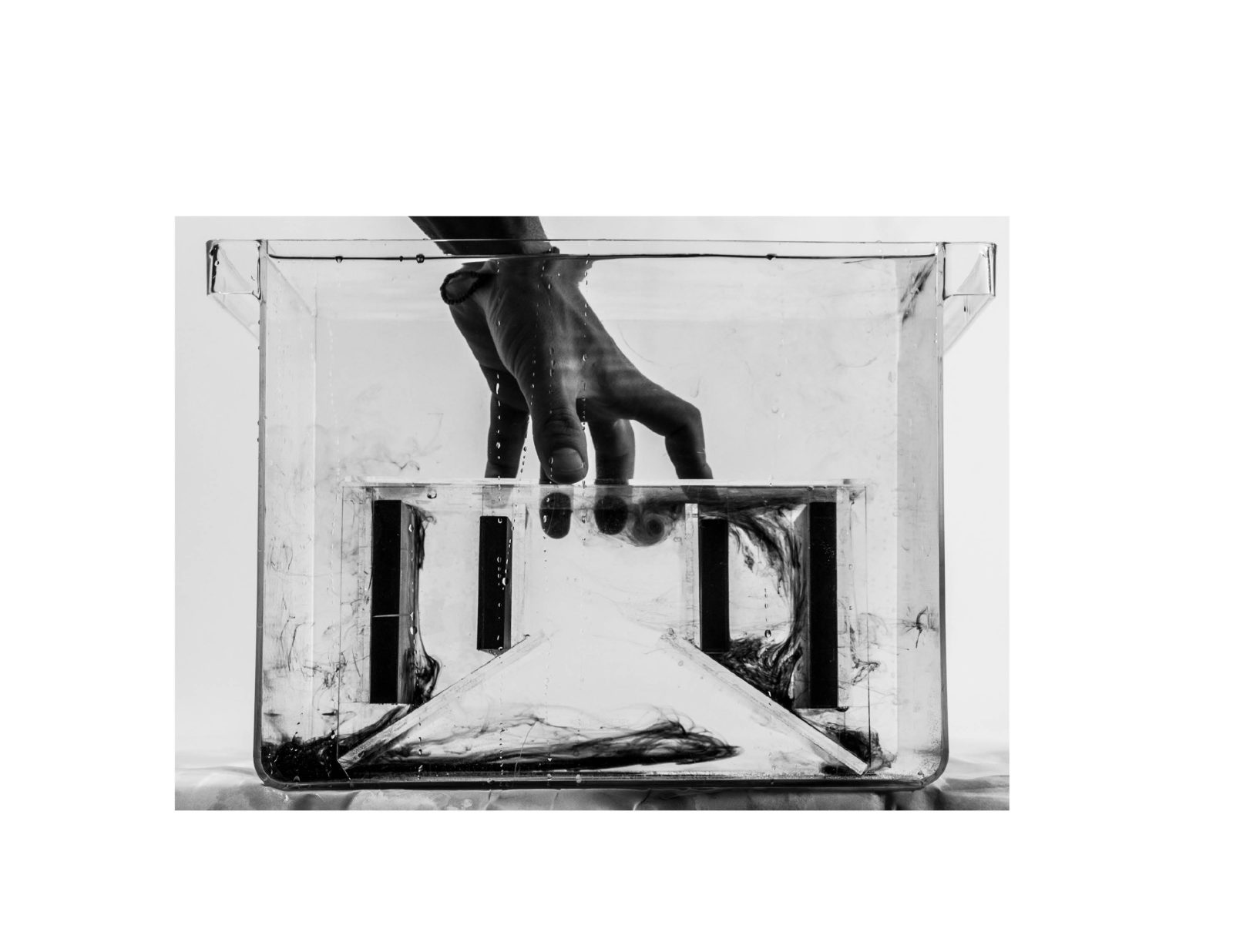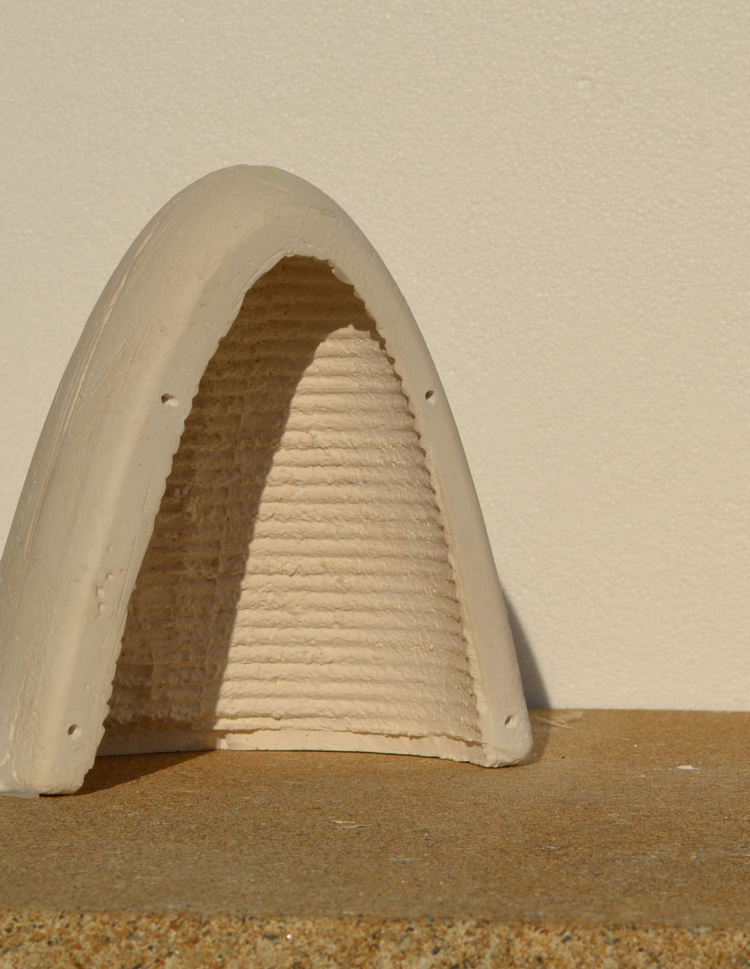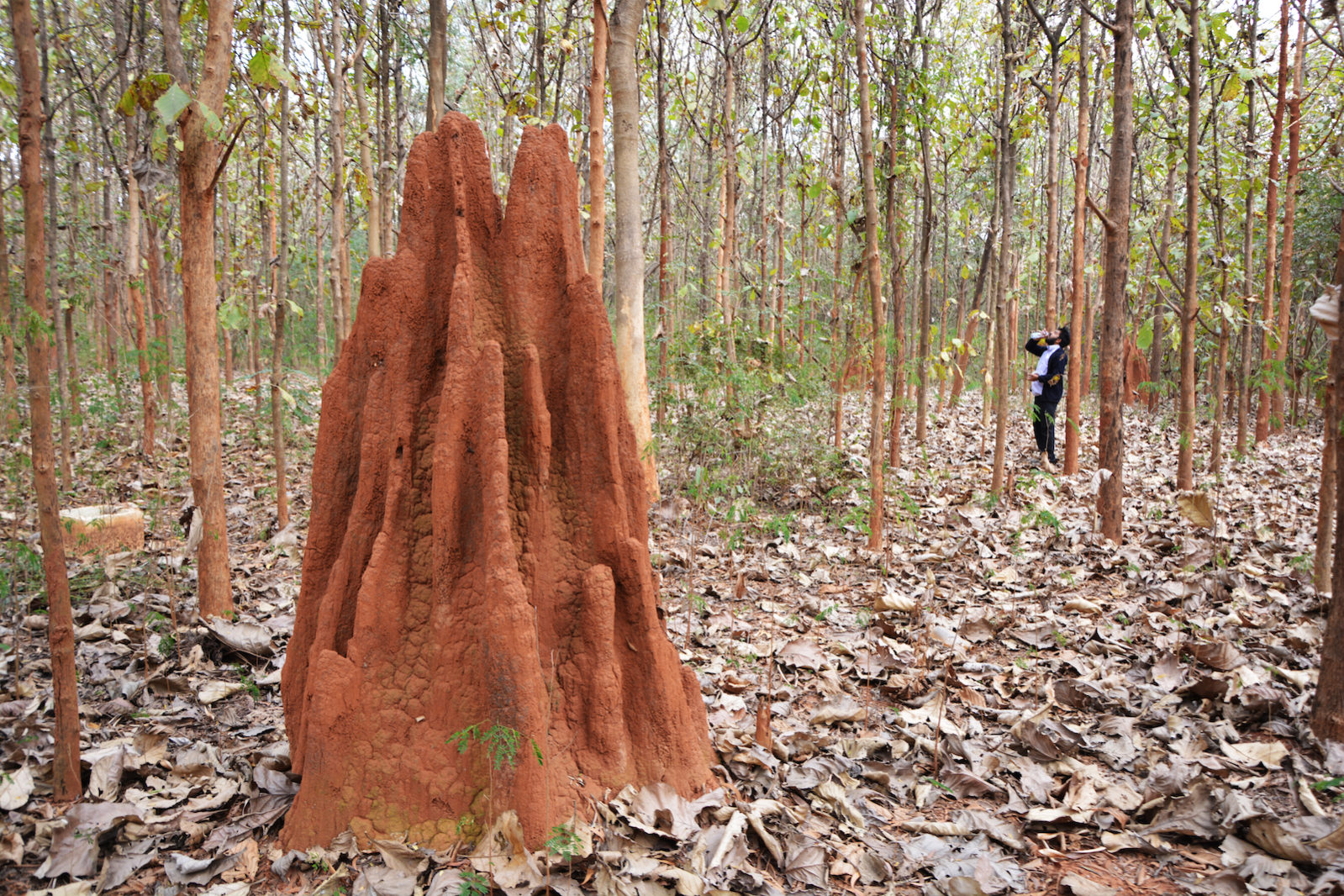The Thermal Allometry of Massive, Breathing Buildings
By form and ‘massing’ alone, termite mounds balance the baritone beat of thermal mass with the soprano shrill of surface convection and the tenor pulse of buoyancy ventilation. The mound stays cool and fresh as the orchestra of thermal effects plays on. Viewed through the lens of thermodynamics, the mound extracts useful work from the quotidian temperature oscillations. The mound resonates — at perfect pitch — to phenomena that occur on different spatial and temporal scales.
If buildings approach this kind of thermal resonance, it has more to do with happenstance then design. For all the history of architecture in earth, masonry and concrete, we still cannot tune our buildings to the beat of their environments — at least not well enough to offer a serious alternative to air-conditioning. Basic sizing questions remain unanswered. What geometries, what dimensions, what materials, what configurations? What are the relationships and how does it all scale?
In biology, the study of the relationship of body size to shape, anatomy and physiology is known as allometry. For instance, allometric rules predict how much thicker the thigh bone of an elephant is compared to that of a mouse because of the effect of gravity, or the difference in heartbeat frequency due to the physics of blood flow.
In this seminar, you will apply, explore and interrogate two sets of allometric scaling rules that I have formulated as part of my research at the Center for Green Buildings and Cities. The first set is for massive buildings that, by form and material alone, control an oscillation of internal temperature and a coupled cycle of buoyancy ventilation. The second set is for porous walls, bricks or slabs, made from any material, that recover outgoing heat, and use it to preheat incoming air.
You will be graded based on two design projects, one on the allometry of breathing walls, and one on the allometry of massive, breathing buildings. Most classes will consist of a lecture and hands-on thermal modeling exercises. There are no prerequisites for this course other than a curiosity of heat, a willingness to grapple with numbers, and the patience and imagination to play with transforming scales in the mind.
Projects
-

A Slight yet Reliable Breeze
Spring 2016
-

Hyperbolic Cosines: Recasting Form Finding to Induce Ventilation Performance
Spring 2016
-

Coupling Thermal Mass & Buoyancy for Thermoregulation and Ventilation in India
Salmaan Craig, Faculty Advisor
Spring 2016